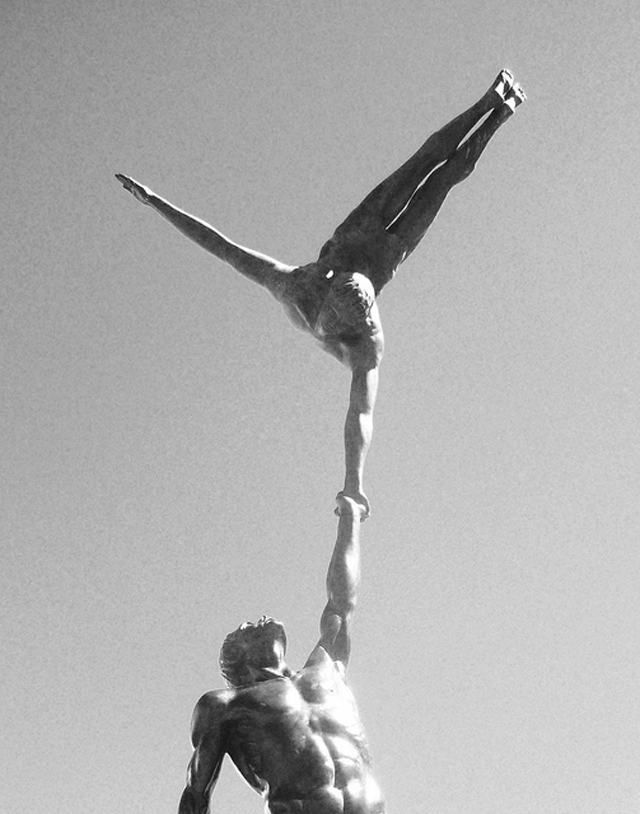
Since 1981 the Australian Institute of Sport (AIS) in Canberra has been the engine room for elite sporting performance. Birthed from international sporting failures in the 1970’s the AIS bred success through the 80’s, 90’s and at 2000 Sydney Olympics.
It became the innovative hub for athletes and sport scientists for decades. Countries from around the globe replicated this model and the AIS built a reputation of excellence not just in athlete performances but in areas such as sports science, sports chaplaincy, athlete career education, and high performance management.
Times change
In a recent major restructure of Australian sport the AIS has been decentralized with state sporting institutes becoming more of a focus for elite sport. The question is, with these changing times, what are the costs and benefits to such a move? Is this the death of the AIS, once a jewel in Australia’s sporting crown?
Positives
From my perspective the move will help more athletes and sporting communities. Having stronger state institutes helps the athletes in those communities rather than relying on one central model based in Canberra. It will also act as a catalyst for those communities with local clubs, sport scientists and universities having closer access to these institutes.
An example is of the way local Canberra schools and clubs benefited from having the AIS use their athletes as participants in research and testing. The better resourced state institutes will benefit their communities.
Challenges
The challenge is in maintaining the research edge. A central body, such as the AIS, has the resources to stay at the cutting edge of sport science research. A highly decentralized model places a heavy load on state institutes, especially in a commercial world that demands instant results.
Spending time and money on long-term research searching for an innovative edge beyond each Olympic cycle becomes problematic. When dollars count this is less appealing compared to direct athlete interventions.
Wisdom to the change
Change, like death and taxes, are inevitable. The AIS successfully adapted in the 1980’s with decentralized sporting programs such as the track cycling in Adelaide. However, these new changes are a big shift in Australia’s sporting landscape. As a result require wisdom to acknowledge the less obvious impacts.
From my experience I see similarities between the AIS’s changes and those in many churches. Like the AIS, church buildings house more than just people. They are places in which memories have been made.
For the church, people talk about the emotional connection they have with a building because they were married there, had baptisms there and had significant life moments. That is why closing down churches or moving churches is such a difficult process. Despite the theological fact that the Church is the people, not a building, a church building is a physical representation of the spiritual journey of many.
The same could be said for the AIS. Australian sport may revolve around athletes, administrators and sport science staff but many of these memories were created at this Canberra venue. The venue has shaped people’s lives and been a hub for excellence for generations and this is part of its great legacy.
 Jeremy Dover is a former Sports Scientist and Pastor
Jeremy Dover is a former Sports Scientist and Pastor
Jeremy Dover's previous articles may be viewed at https://www.pressserviceinternational.org/jeremy-dover1.html And https://www.pressserviceinternational.org/jeremy-dover.html

Jeremy Dover is a former sports scientist and Pastor
Jeremy Dover's previous articles may be viewed at https://www.pressserviceinternational.org/jeremy-dover1.html
And https://www.pressserviceinternational.org/jeremy-dover.html